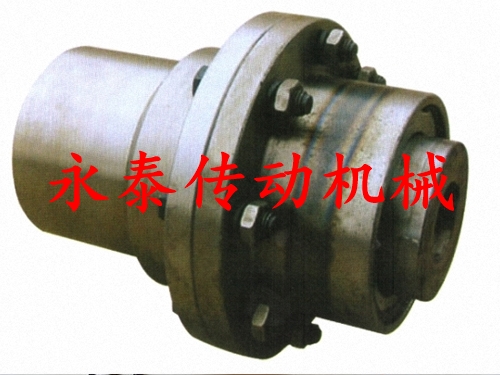CATEGORIES
Stand of reducer
Agitator
Diaphragm coupling
Grid coupling
Roller chain coupling
Star type elastic coupling
Drum gear coupling
Elastic pin coupling
Bushed pin type coupling
Quincunx elastic coupling
Elastic pin gear coupling
Rotary shaft coupling
Safety coupling
Case coupling
Flange coupling
Water pump coupling
Industrial expansion sleeve
Coupling with rubber type elem
Cross slide coupling
Nylon tooth coupling
Coupling parts
Stuffing box
Brake
Reducer
Mr.Guo:+86-13127302466
Mr.Wang:+86-15100731866
Q Q:2814565957(Mr.Guo)
Q Q:2690587660(Mr.Wang)
Telephone:+86-0317-7513408
Address:Xiaoduzhuang village, Botou town, Cangzhou city, Hebei province
Q Q:2690587660(Mr.Wang)
Telephone:+86-0317-7513408
Address:Xiaoduzhuang village, Botou town, Cangzhou city, Hebei province
NEWS
axle
TIME:2017-08-21 AUTHOR:admin

Name: shaft
Description: the shaft is a cylindrical object in the middle or middle of a wheel or between wheels, but a few are square. The shaft is a mechanical part that supports rotating parts and is rotated with them to deliver movement, torque or bending moment. It is generally a metal round rod shape, each paragraph can have different diameter. The rotating parts of the machine are mounted on the shaft.
Label: LA RF tire coupling tire body elastic sleeve
Product details:
The shaft is a cylindrical object in the middle or middle of a wheel or between wheels, but a few are square. The shaft is a mechanical part that supports rotating parts and is rotated with them to deliver movement, torque or bending moment. It is generally a metal round rod shape, each paragraph can have different diameter. The rotating parts of the machine are mounted on the shaft.
Material use of shaft:
1. Carbon steel
35, 45, 50 and other high quality carbon steel structure steel due to its high comprehensive mechanical properties, more application, in which 45 steel is the most widely used.
In order to improve its mechanical properties, it should be treated with normalizing or tempering. If the axis is not important or less stressed, the carbon structural steel of Q235 and Q275 can be used.
2. Alloy steel
Alloy steel has high mechanical properties, but it is more expensive, and it is used for special requirements.
For example, the high speed shaft of sliding bearing is used, and the low carbon alloy structural steel, such as 20Cr and 20CrMnTi, can be used to improve the abrasion resistance of the shaft after carburizing and quenching.
Design principle of shaft:
The structural design of the shaft is an important step in determining the rational shape and the overall structure of the shaft. It by axis parts type, size and location, parts installed on the fixed way, the nature of the load, direction, size and distribution of bearing types and sizes of axis of blank, manufacturing and assembly process, installation and transportation, the shaft deformation and other factors. The designer can design according to the specific requirements of the axis, and can make several schemes to compare when necessary, so as to select the best design plan, the following is the general axis structure design principle:
1. Save materials, reduce weight, and adopt the cross-section shape of contour size or large section coefficient.
2. Easy to locate, stabilize, assemble, dismantle and adjust parts of the shaft;
3. Adopt various structural measures to reduce stress concentration and improve strength;
4. Easy to manufacture and guarantee accuracy.
